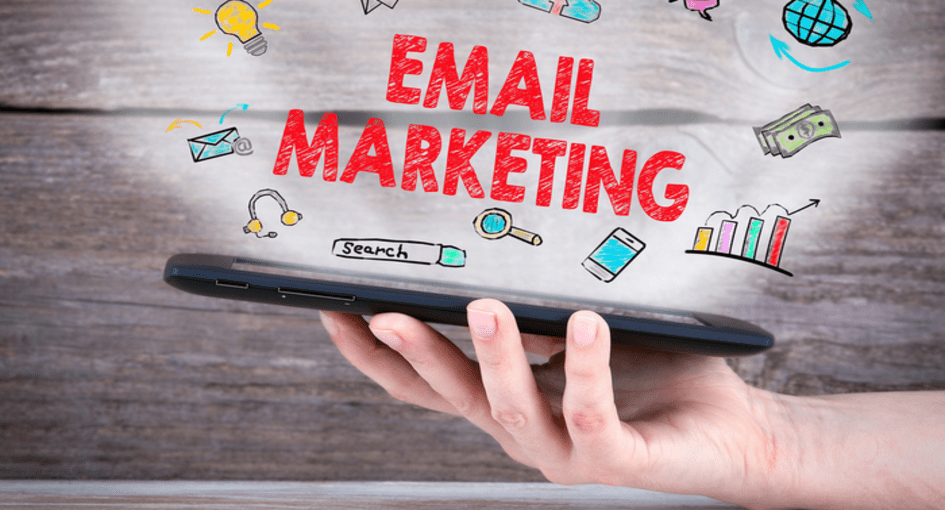
Email marketing is a powerful tool for businesses to reach out to their customers, build brand awareness, and increase sales. With the right strategy and execution, email marketing can be a cost-effective way to communicate with your target audience and achieve your business goals. In this guide, we will discuss the key elements of a successful marketing Email campaign.
Define Your Goals and Target Audience
Before you start sending out emails, you need to define your goals and target audience. What do you want to achieve with your marketing Email campaign? Are you trying to promote a new product, increase website traffic, or build customer loyalty?
Once you have defined your goals, you need to identify your target audience. Who are the people you want to reach with your emails? What are their interests, needs, and preferences? By understanding your target audience, you can create personalized and relevant content that resonates with them.
Build Your Email List
Your email list is the foundation of your marketing Email campaign. Without a quality email list, your campaign will not be effective. There are several ways to build your email list, including
Remember to ask for permission before adding people to your email list. You don’t want to spam people or violate their privacy.
Create Compelling Content
Once you have your email list, you need to create compelling content that grabs your audience’s attention and motivates them to take action. Your content should be informative, entertaining, and relevant to your target audience.
Some tips for creating compelling content include:
Test and Optimize Your Campaign
Marketing Email campaign is not a one-size-fits-all solution. What works for one business may not work for another. That’s why it’s important to test and optimize your campaign to see what works best for your target audience.
Some things you can test include:
By testing and optimizing your campaign, you can improve your open rates, click-through rates, and overall performance.
Monitor and Measure Your Results
Finally, you need to monitor and measure your results to see how well your marketing Email campaigncampaign is performing. Some key metrics to track include:
By monitoring and measuring your results, you can see what’s working and what’s not, and make adjustments to improve your campaign.
Segment Your Email List
Segmenting your email list involves dividing your subscribers into smaller groups based on shared characteristics such as demographics, behavior, or interests. This allows you to send targeted emails that are more relevant to each group, which can lead to higher engagement and conversions. For example, you might create separate segments for new subscribers, loyal customers, or people who have abandoned their shopping carts.
Build Trust and Credibility
Marketing Email campaign is only effective if your subscribers trust you and find your emails credible. To build trust and credibility, you should:
Use Automation and Personalization
Marketing Email campaign automation allows you to send triggered and scheduled emails based on specific actions or events, such as a welcome email for new subscribers, a birthday email, or a reminder email for abandoned carts. Personalization involves tailoring your emails to each individual subscriber based on their preferences and behavior. These tactics can save you time and improve the relevance and effectiveness of your emails.
Follow Marketing Email Campaign Best Practices
To ensure that your marketing Email campaigns are effective and comply with legal requirements, you should follow marketing Email campaign best practices such as:
Continuously Improve Your Strategy
Marketing Email campaign is not a one-time event; it requires ongoing attention and improvement. Continuously monitoring and analyzing your metrics, testing new strategies and tactics, and staying up-to-date with trends and best practices can help you refine and optimize your marketing Email campaign strategy over time.
In summary, email marketing can be a highly effective way to connect with your target audience and achieve your business goals. By defining your goals and target audience, building a quality email list, creating compelling content, testing and optimizing your campaign, and monitoring and measuring your results, you can create a marketing Email campaign strategy that engages and converts your subscribers.
In conclusion, Email marketing can be a powerful tool for businesses to reach out to their customers, build brand awareness, and increase sales. To run a successful marketing Email campaign, you need to define your goals and target audience, build a quality email list, create compelling content, test and optimize your campaign, and monitor and measure your results. By following these key steps, you can create an marketing Email campaign that engages your target audience and achieves your business goals.